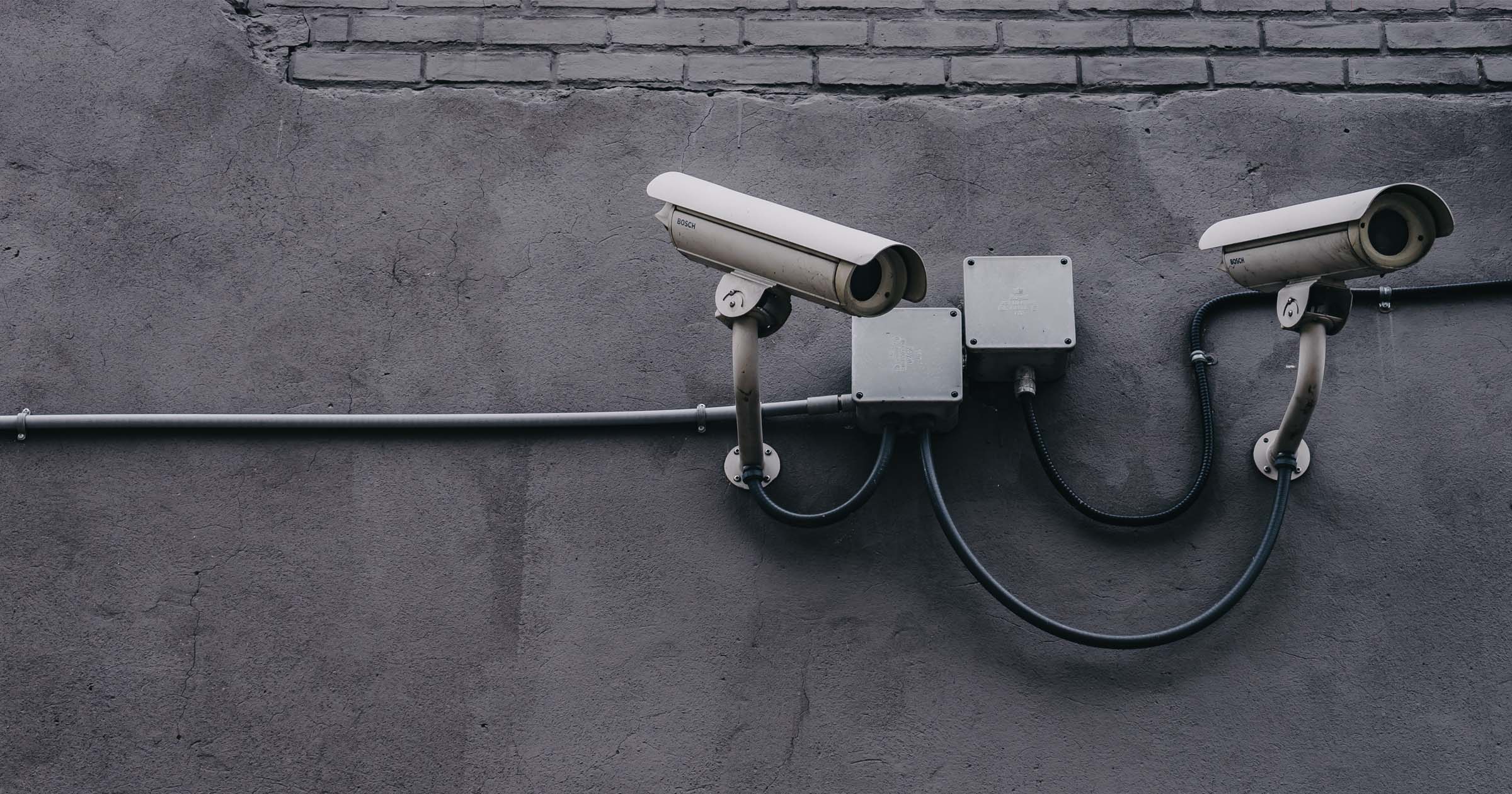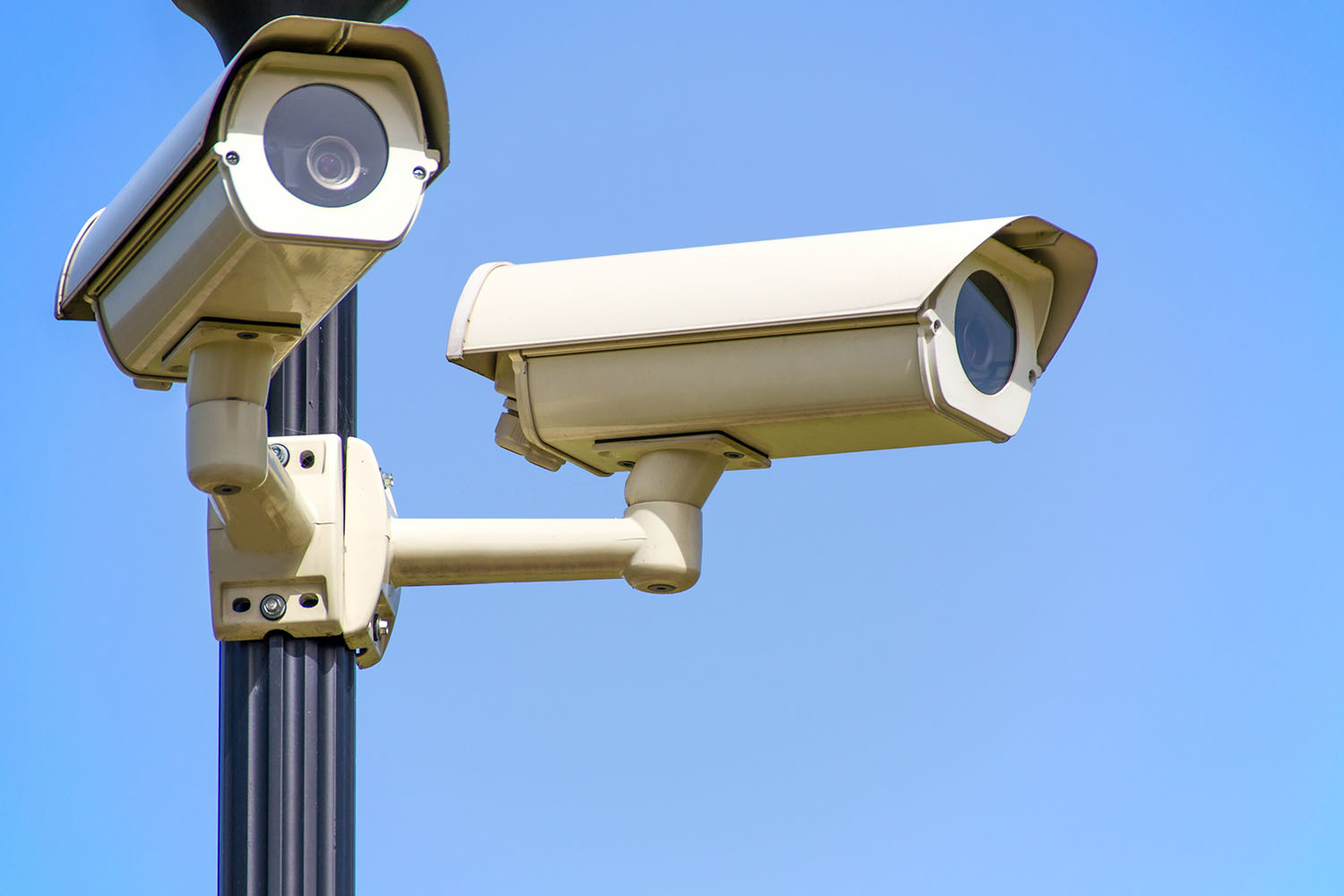5 Steps to Start a Successful Security Installation Business
7 min read

According to Mordor Intelligence, the managed security services market is expected to grow by 15.2% between 2021 and 2026. This growth means it’s a good time for installation experts to start small businesses offering their services as more companies and individuals require services in their homes and businesses.
The profitability and success of a security installation business are determined by how many calls they can make per day and how efficiently they can get between jobs. By reducing time on the road and time spent on route planning, OptimoRoute provides unique value for growing and sustaining your security installation business.
Jump to the section that interests you most:
- What Do You Need to Start a Security Installation Business?
- How to Start a Security Installation Business in 5 Steps
- Route Planning and Optimization: The Key to Profitability and Efficiency in Security Installation
What Do You Need to Start a Security Installation Business?

To successfully start a security system installation business and become a business owner, you need at least a basic understanding of technology and electrical systems. Without the right knowledge, you won’t be able to install the system properly and could shock yourself or fry the wiring at the home or business where you are working. This knowledge could come from experience or education; for example, a history in the security sector as a private security officer or time in tech school learning about electrical systems will provide invaluable hands-on experience.
In addition, you’ll want to have a clean background, a good reputation, and the proper funds to your name before you launch your startup. A good reputation and clean background will help you network and find potential customers willing to let you into their homes and offices. And financial backing gives you the money you’ll need to create your business, buy supplies, and market your offerings before you earn any revenue.
Finally, you’re going to need a place (like a storage unit or warehouse) to store your supplies and parts when not in use. If you plan to have a large business, a warehouse management system could help you track the parts you already have so you don’t overstock items. Otherwise, the knowledge of how to track your inventory by hand will be invaluable.
How to Start a Security Installation Business in 5 Steps
Starting a security business takes planning, researching the security industry, and filling out the right paperwork.
1. Choose a security company or vendor to work with
Decide on one or two security platforms you can and will install for customers. Then, contact and talk with local distributors or vendors to obtain deals or agreements. These could mean discounts on supplies or help finding customers. By choosing one or two rather than offering many options, you can specialize and partner with platforms to obtain deals.
There are multiple software (the program) and hardware (the physical alarm system) solutions that you could install for your customers depending on whether they are commercial or residential and whether they prefer smart systems or more traditional options. For example, Ring and Simplisafe are residential security systems that use smart home technology, while Vector Security and Tattletale are options suited for commercial locations.
2. Get licensed and insured
Obtain the correct licenses and insurance coverages to ensure you and your customers are protected while working. The coverage you need will depend on the location that you are doing business and the local laws. However, options include:
- General liability
- Professional liability
- Commercial umbrella
- Workers compensation
- Commercial auto
It’s important to license your business with the state or region of your country to make sure that you are legal, can collect income, and can pay taxes with your tax identification number. Insuring your business correctly is also important to protect yourself and your customers should something go wrong, such as a robber takes your equipment or if you accidentally damage the customer’s property. After deciding on a business structure, talk to a local insurance specialist to determine what insurance you need, other licensing requirements you may face, and the best options for you.
3. Find a unique niche and target audience
Determine your target audience (also called a target market) to make finding and attracting customers easier. A target audience is a group of potential customers that can be identified by their demographics, habits, and ideals. And that could be either people looking for home security options or local businesses looking for security solutions.
Understanding your target audience helps inform your marketing plan and growth goals by telling you how to find new customers. To find your audience’s demographics, you’ll need to conduct market research. If you already have customers lined up, look at any commonalities to see if those might stretch across your target audience. Factors of a target audience could include:
- Home or business
- Age of consumer
- Size of business
- Employment status
- Yearly revenue
However, if you don’t have any customers, look at the competition to see what type of people are interested in installing security using the above factors. This could mean browsing their social media to determine who is interacting with their posts or visiting their location to see who else visits and how they are treated.
4. Create a business and marketing plan
Write a business plan and marketing plan to create a map to success. According to Harvard Business School Professor William Sahlman, “a great business plan is one that focuses on a series of questions. … the people, the opportunity, the context, and the possibilities for both risk and reward.”
A business plan guides your choices to help you reach your business goals, and that might be one reason why 69% of respondents to a QuickBooks survey said that they would recommend writing a business plan before opening a new business. Inside your business plan should be a well-defined marketing plan to know how you will find new customers.
Look at guides online on how to write a business plan and a marketing plan for an easy step-by-step guide on how to research, write, and use your plans. When you are writing, think about other services (aside from alarm installation) you could offer as your business grows, like monitoring services, installation maintenance, or inspection services, so your business plan stays viable as your company grows.
5. Choose a service area
Set a service area by deciding where you are willing to drive to and where you can effectively market your services. A service area is a range that you will be willing to travel to in order to install the security camera system. Anything beyond that service area you won’t service, and people or businesses can’t be customers.
As a service area business, you need to know where you are willing to travel and market. Otherwise, you could market to people you can’t reach or have customers call in from areas you aren’t ready to serve. To define your service area, think about where your target audience lives and where you can reasonably service.
You’ll need to balance having enough potential customers with being overwhelmed by driving or the scope of your marketing strategy. For example, if you plan to work in a densely populated area, your service area could be smaller—working somewhere sparsely populated might result in a larger service area to find enough potential customers.
Route Planning and Optimization: The Key to Profitability and Efficiency in Security Installation
As a security installation company, you will be driving from one location to another every day to complete jobs and earn revenue. Each day, your stops will be different, which will make route planning a challenge. One method is to plan your routes manually with tools like Google Maps. However, another (better) option is to use a route optimization software that also has schedule optimization abilities.
Using a tool like OptimoRoute will eliminate the need for manual route planning, reduce fuel costs, and allow you to get more jobs done in one day—saving you time and increasing your revenue.
Save on fuel costs
Optimized routes require fewer miles to be driven each day and therefore save you money on fuel costs. When you plan your route manually or rely on your mental map of the city, you will get to your destination but likely spend more time on the road and drive more miles. This, over time, will result in higher fuel and vehicle maintenance costs. By using a route optimizing software like OptimoRoute, you guarantee that you have the fastest and most fuel-efficient route possible for all of your stops.
Save time on route planning
Automated route planning gives you time back each day as you no longer have to sit down and plan where to go or when. With OptimoRoute, you can automatically insert all the information you have about each job from your planner or CRM system. Then, our program will automatically sort jobs to minimize time on the road with just a click of a button—leaving you free to work on other tasks or get started with your installations earlier.
Complete more installations each day
Optimized schedules and routes give you time to complete more installations as you spend less time on the road or planning your day. What could have needed two hours each morning now needs just a couple of minutes, thanks to OptimoRoute. And the information will automatically be on your phone. Now, you can use those two hours to complete more jobs or work on finding more customers.
Try OptimoRoute today for free for 30 days!
Try OptimoRoute™ for Free
No installation or credit card required


